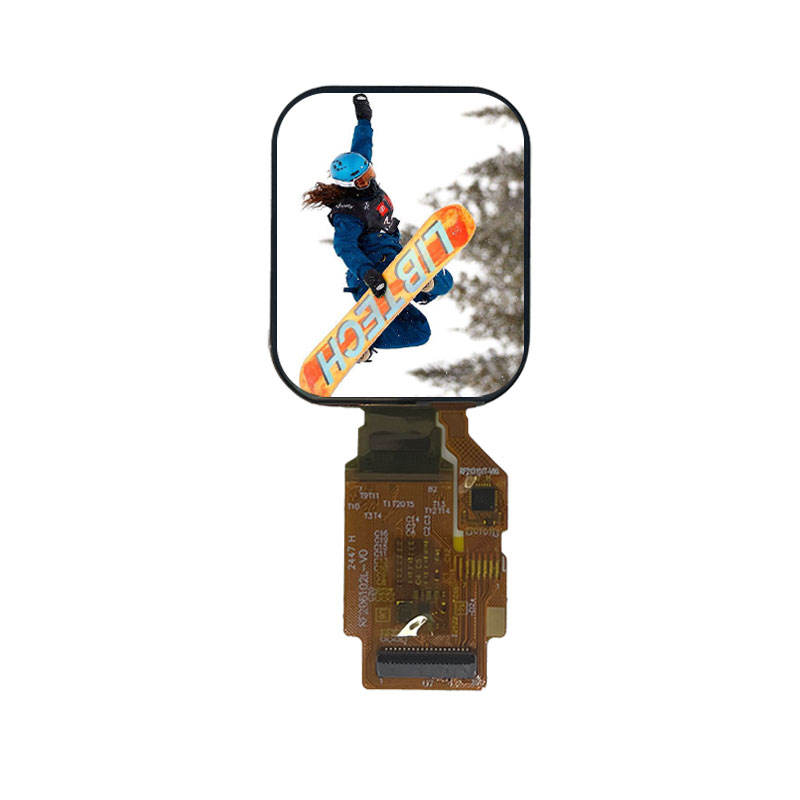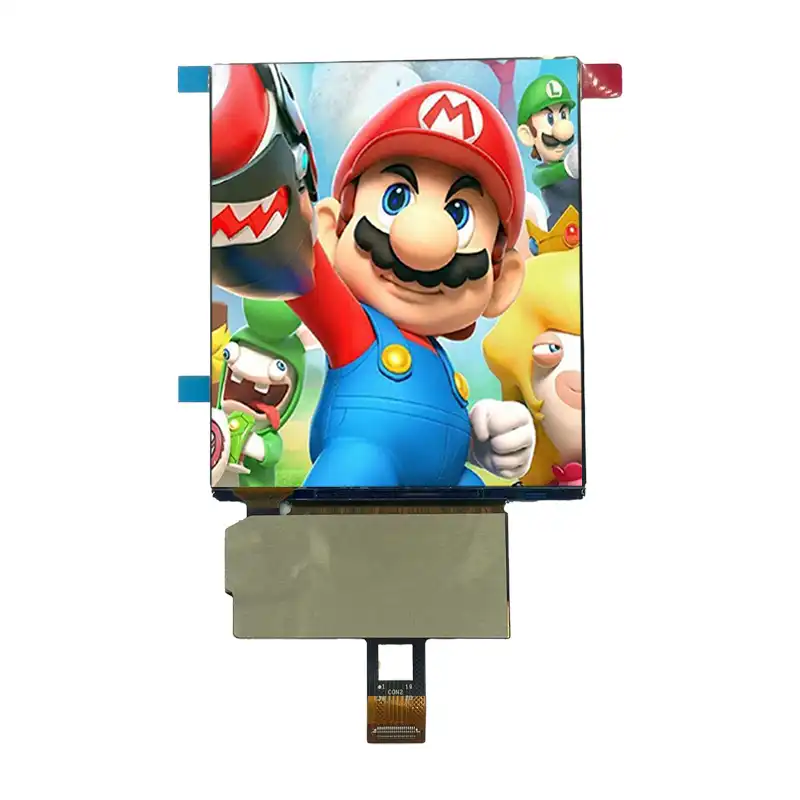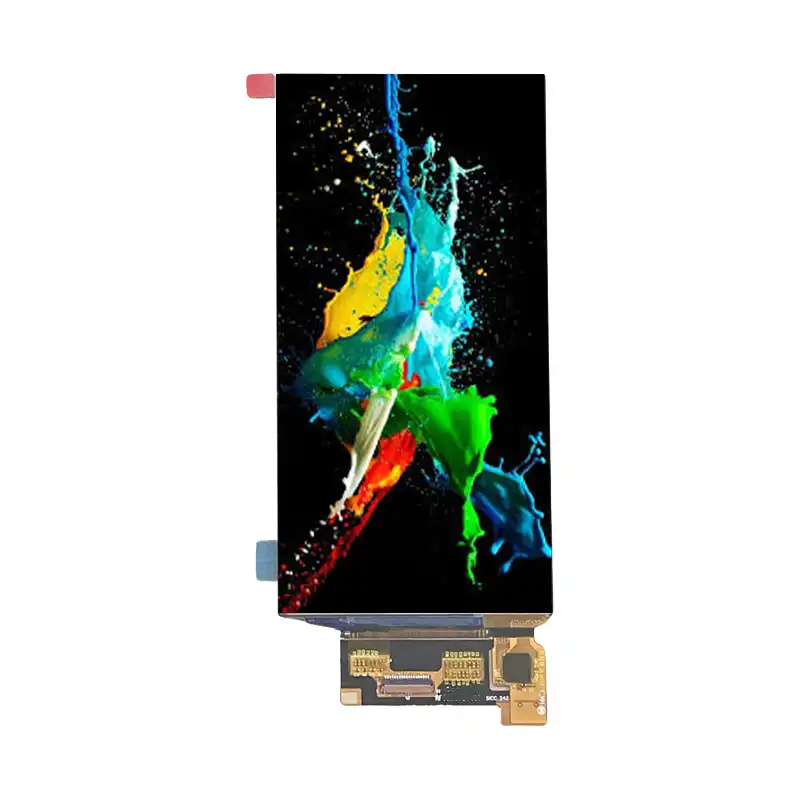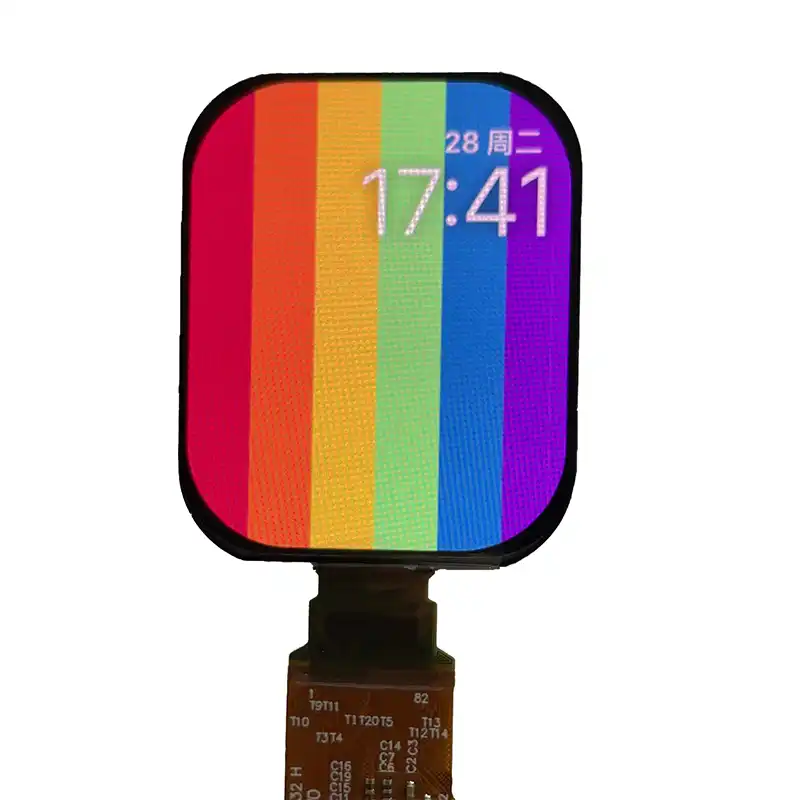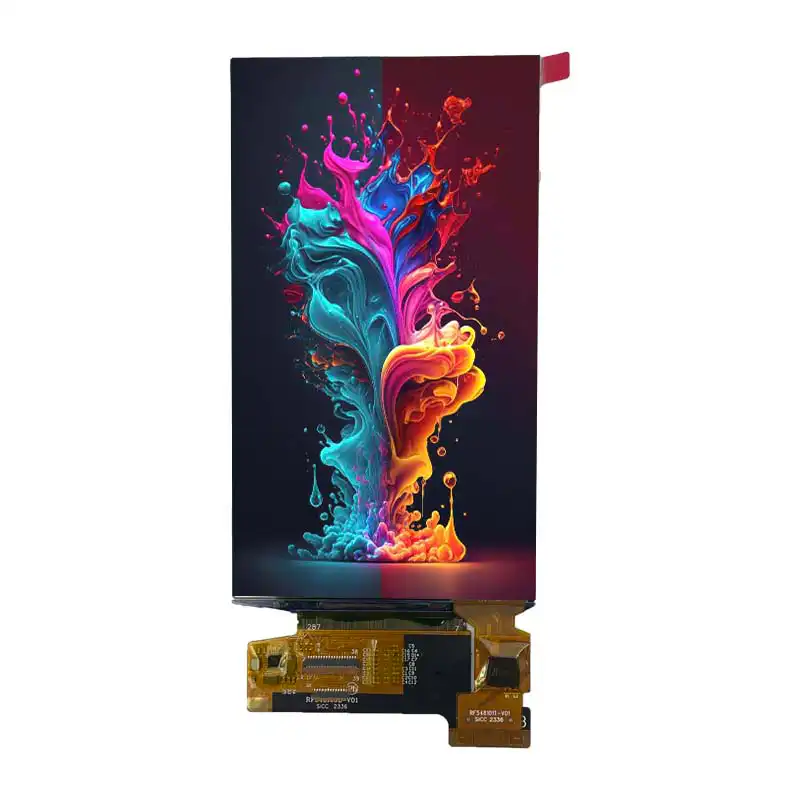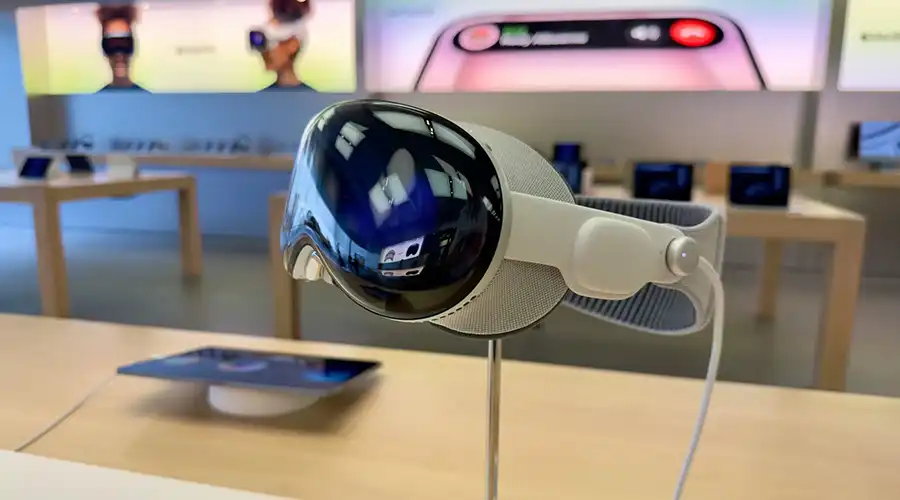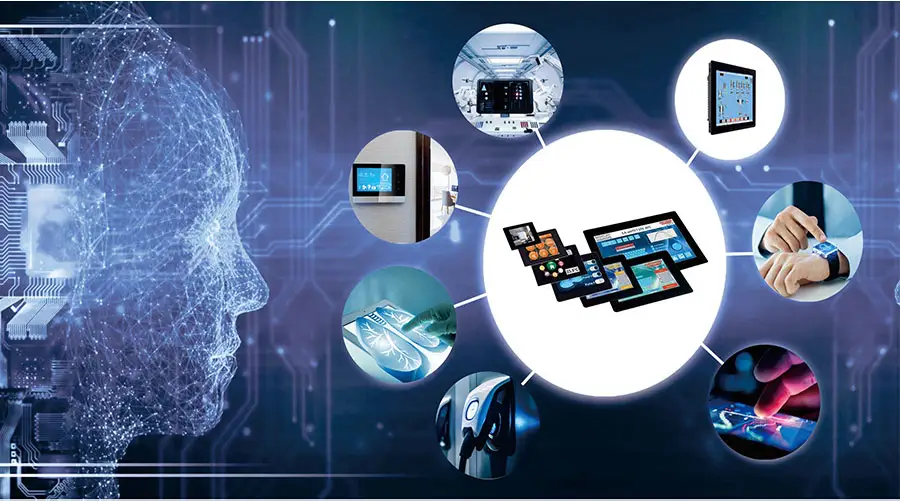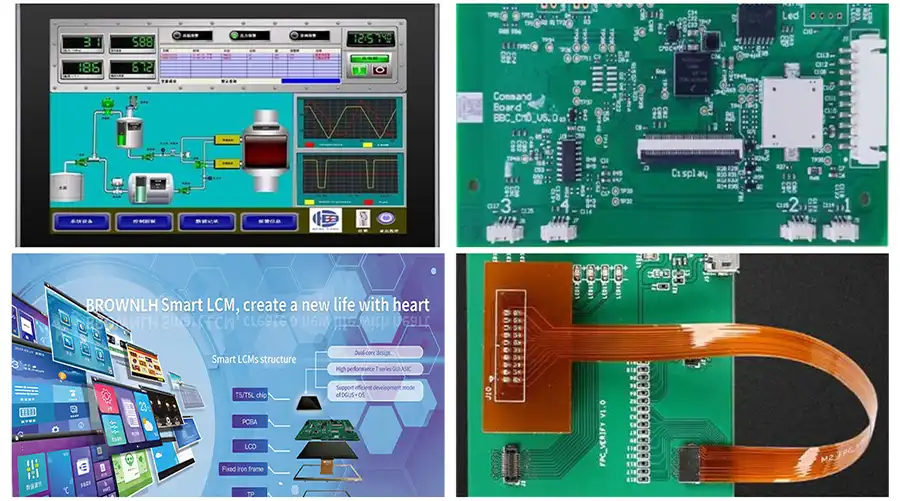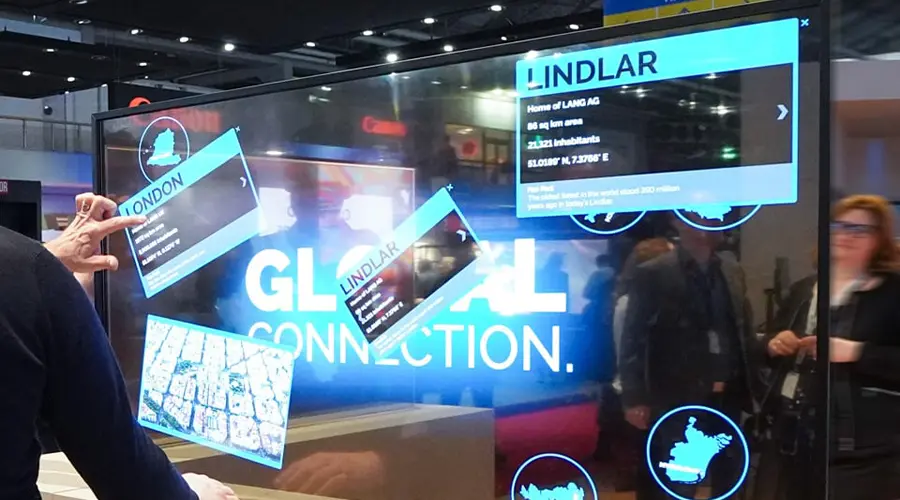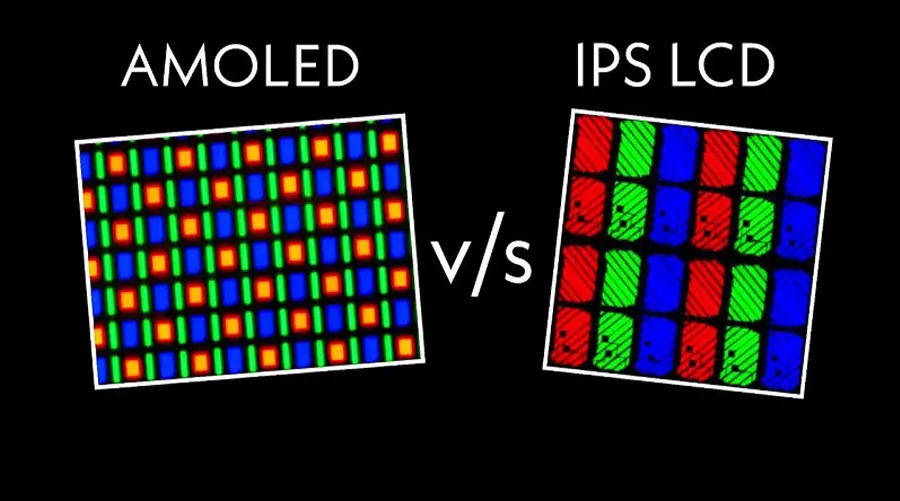What Is an OLED-skärm?
EnOLED-skärm, or Organic Light Emitting Diode Display, is an advanced visualization technology that uses organic compounds to emit light when an electrical current is applied. Unlike traditional LCDs (Liquid Crystal Displays) that require backlighting, OLED Displays are self-emissive, enabling thinner, lighter, and more energy-efficient screens.
The term “OLED-skärm” represents a significant leap in display technology that offers unparalleled contrast, higher color accuracy, and deeper blacks. These displays are widely used in consumer electronics, medical devices, automotive dashboards, and industrial equipment.
Basic Structure of an OLED-skärm
The typical OLED-skärm consists of several thin organic layers sandwiched between two electrodes on a substrate. When voltage passes through, the organic layers emit light by recombination of electrons and holes. The main layers include anode, cathode, emissive layer, and conductive layer. This layered construction supports flexible and lightweight designs.
OLED-skärm vs Other Display Technologies
Compared to LCDs and other technologies like MicroLED, OLED Displays provide superior image quality due to self-lit pixels that do not require backlight, offering better viewing angles, higher contrast ratios, and faster response times. Additionally, OLED-skärm can be fabricated on flexible substrates, allowing curved and foldable screens.
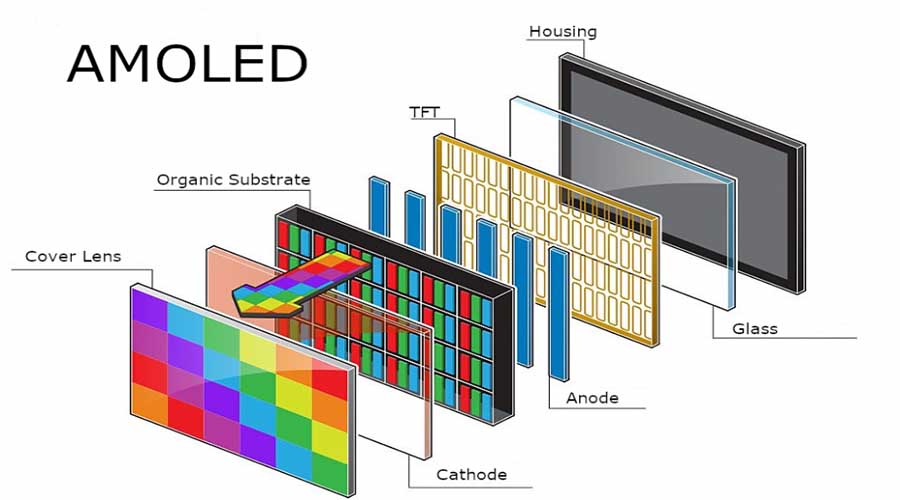
In-Depth OLED-skärm Technology
Fundamental Principles of OLED-skärm Technology
The key to OLED-skärm technology lies in utilizing organic electroluminescent materials that emit light electrical stimulation. Applying current causes electrons to move across organic layers and recombine, releasing photons of light. Since each pixel emits its own light, the OLED-skärm eliminates the need for bulky backlights, resulting in slimmer displays.
Material engineering plays a critical role in performance and lifespan of OLED Displays. Common materials include small molecules and polymers, and multiple organic layers optimize charge balance and light emission.
Active-Matrix and Passive-Matrix OLED Displays
OLED Displays come in two categories: Active-Matrix OLED (AMOLED) and Passive-Matrix OLED (PMOLED). AMOLED uses thin-film transistor (TFT) arrays to activate individual pixels, supporting high resolution and fast refresh rates for smartphones and large displays. PMOLED is simpler, suitable for smaller, low-resolution screens, often used in wearable devices and secondary displays.
Manufacturing Process of OLED-skärm
The production of a reliable OLED-skärm involves substrate preparation, vacuum deposition of organic layers, encapsulation to prevent moisture ingress, and rigorous testing. Technologies such as thermal evaporation and inkjet printing are utilized for layer deposition.
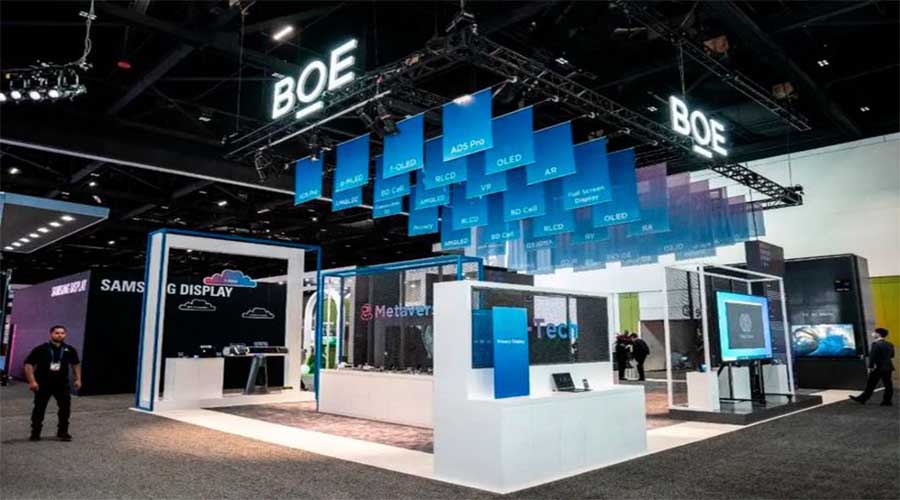
Key Advantages of OLED-skärm
Exceptional Contrast and Image Quality of OLED-skärm
The self-emissive nature of pixels in OLED Displays produces absolute black levels by switching off pixels completely. This leads to an infinite contrast ratio and richer colors, which are critical for medical imaging, professional photography, and automotive dashboard displays.
Energy Efficiency Benefits of OLED-skärm
OLED Displays consume significantly less power than LCDs, especially when displaying darker images or user interfaces. This efficiency results from the lack of a power-hungry backlight and direct pixel-level control of light emission, improving battery life in smartphones, wearables, and IoT devices.
Thin, Lightweight, and Flexible OLED Displays
With a thickness often below 1.5mm, OLED Displays offer unparalleled design flexibility including curved, foldable, and even rollable displays. Their lightweight nature benefits portable applications where size and weight are critical constraints.
Durability and Industrial-Grade OLED Displays
Industrial-grade OLED Displays withstand extreme temperature ranges (from -30°C up to 80°C) and maintain a lifespan of over 50,000 hours. This makes them ideal for demanding environments such as automotive instrument clusters and factory automation equipment.
BästaOLED-skärmTillämpningar inom olika branscher
Medical Equipment Using OLED-skärm Technology
Precise and vibrant OLED Displays enhance diagnostic equipment, surgical monitors, and patient interface devices with high resolution and accurate color reproduction, improving medical outcomes and operational safety.
Automotive Dashboard and Infotainment OLED Displays
Modern vehicles increasingly employ curved and futuristic OLED Displays for instrument clusters and in-dash entertainment systems. Their durability ensures readability under varying light conditions and operational stress.
Smart IoT and Wearables Equipped with OLED-skärm
Wearables such as smartwatches and fitness trackers benefit from the compactness and low power consumption of OLED Displays, providing crystal-clear feedback and longer battery life for users on the go.
Industrial Automation and Equipment Featuring OLED-skärm
Industriella kontrollpaneler och diagnostiska gränssnitt implementerarOLED-skärmmoduler för robust drift i tuffa miljöer, vilket ger tillförlitliga och lättlästa dataströmmar som är avgörande för produktionseffektivitet.
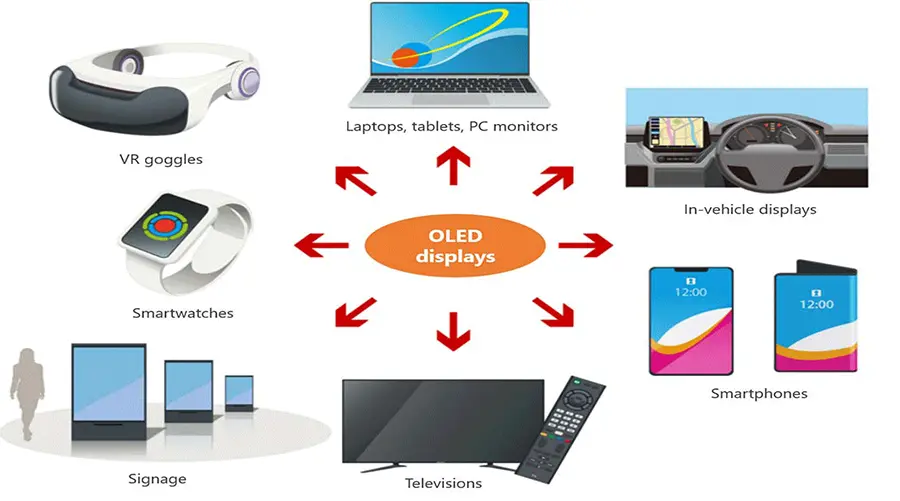
OLED-skärm Customization & Buying Guide
Att välja rättOLED-skärmför ditt projekt
För att välja det optimalaOLED-skärm, beakta kritiska parametrar som upplösning, dimensioner, gränssnittskompatibilitet (SPI, I2C, etc.), ljusstyrka och miljömässiga driftsförhållanden. Att definiera applikationsspecifika krav säkerställer prestanda och framgångsrik integration.
Säkerställa gränssnitts- och kommunikationskompatibilitet medOLED Displays
Verifiera att din valdaOLED-skärmstöder nödvändiga kommunikationsprotokoll som SPI och I2C, vilket effektiviserar styrenhetsintegration och systemstabilitet för inbyggda projekt.
Certifieringar och kvalitetsstandarder förOLED Displays
VäljaOLED-skärmmoduler certifierade enligt internationella standarder som RoHS, CE och ISO. Dessa certifieringar garanterar miljöefterlevnad, säkerhet och produkttillförlitlighet på globala marknader.
Support och snabb prototypframställning förOLED Displays
En betroddOLED-skärmLeverantören erbjuder teknisk support, resurser för firmware/drivrutiner och snabba prototyptjänster för att påskynda din tid till marknaden och minska utvecklingsriskerna.
Emerging OLED-skärm Market Trends
Tillväxtbana för den globalaOLED-skärmMarknadsföra
Det globalaOLED-skärmMarknaden fortsätter att expandera snabbt, driven av ökande användning av smartphones, tillväxt inom bärbara enheter och ökad efterfrågan på fordonselektronik. Analytiker förutspår en årlig tillväxttakt på över 20 % under de kommande fem åren.
Flexibilitet och innovationsdrivandeOLED-skärmAdoption
Flexibel och hopfällbarOLED Displaysomformar paradigmer för enhetsdesign, vilket möjliggör nya formfaktorer och användarupplevelser inom konsumentelektronik och bilinredning.
Kostnadsminskningsinsatser och branschtillgänglighet
Framsteg inom tillverkningsteknik och skalfördelar driver ner kostnaderna förOLED Displays, vilket utökar sin räckvidd till produkter i mellanklassen och nya marknadssegment.
Teknologisk konvergens och framtidsutsikter förOLED-skärm
Integrationer med MicroOLED, transparent OLED och AMOLED/PMOLED-hybrider driver visningsmöjligheterna ytterligare, särskilt för enheter med förstärkt verklighet (AR) och virtuell verklighet (VR) som kräver hög pixeltäthet och låg latens.
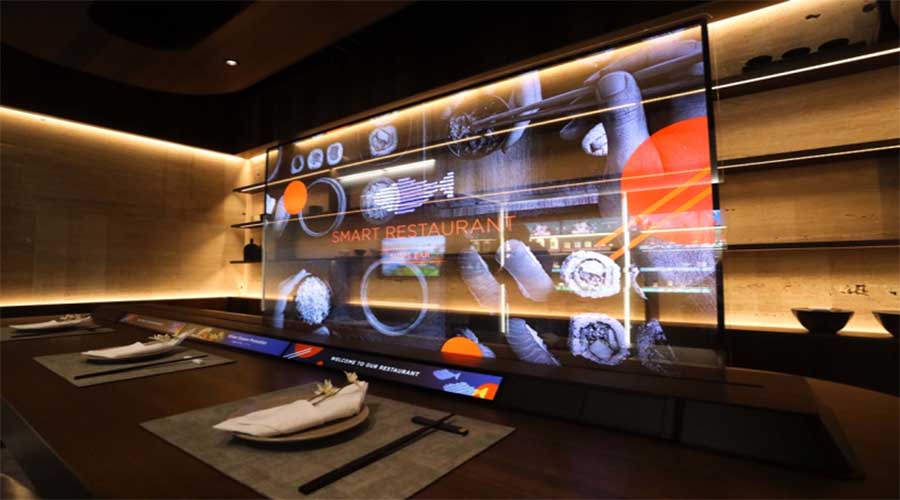
Conclusion: The Future of OLED-skärm
Denna omfattande guide har utforskat grunderna, fördelarna, branschtillämpningarna och marknadsutsikterna förOLED-skärmteknik. Kombinationen av överlägsna kontrastförhållanden, tunna, flexibla formfaktorer och energieffektivitet driverOLED Displaysi framkant inom displayinnovation.
I takt med att teknik och tillverkning mognar förväntar vi ossOLED Displaysatt bli standard inom medicinska, fordons-, IoT- och industriella applikationer. Företag som strävar efter konkurrensfördelar bör överväga att investera i anpassningsbara, certifieradeOLED-skärmlösningar för att dra nytta av denna trend.
På Brownopto specialiserar vi oss på att leverera högkvalitativa, anpassningsbaraOLED-skärmmoduler med omfattande teknisk support och globala certifieringar för att möta de ständigt föränderliga behoven hos olika branscher världen över.
Senaste artiklarna
-
Varför 1–2-tums AMOLED-skärmar är nyckeln till AR/XR år 2025
Varför 1–2-tums AMOLED-skärmar blir allt viktigare i AR/XR-boomen (2025 Industry Insight) body {f
-
Understanding OLED Display Technology: Principles, Performance & Applications
OLED (Organic Light Emitting Diode) displays are a class of self-emissive display technology in whic
-
From Wearables to AR Glasses – How OLED Displays Are Redefining Visual Experiences in 2025
By 2025, OLED (Organic Light-Emitting Diode) technology has transitioned from luxury smartphone disp
-
LCD-skärmar med sträckta streck för detaljhandeln: Öka försäljning och engagemang i stormarknader
Upptäck hur LCD-skärmar med utdragbar bar förbättrar marknadsföringen av hyllkanten i stormarknaden, driver försäljning, minskar
-
Utsträckta LCD-lösningar för restauranger och hotell
Sträckta LCD-skärmar erbjuder eleganta skärmar med hög ljusstyrka, perfekta för restaurangmenyer och hotellbranschen.
Recommended products
-
2,1-tums 410×502 AMOLED e-pappersdisplaymodul för handhållen skanner
2,1-tums OLED-displaymodulen är en kompakt lösning med hög upplösning, utformad för integration i
-
3.92 INCH OLED Screen I2C Interface 1080 × 1240 Resolution
Produktspecifikationer: BRO392001A Upplösning: 1080x1024 Driftspänningsområde: 28VSkärmstorlek: 3,92
-
6.01 INCH Display OLED screen | High Definition 1080x2160 | MIPI Interface
Produktspecifikationer: BRO601001ASkärmläge: AMOLED Skärmstorlek (tum): 6,01 Upplösning: 1080x2
-
1.93 INCH OLED Panel I2C 368x448 Industrial-Grade Panel
Shenzhen Brownopto Technologys 1,93-tums AMOLED-modul (modell BR193103-A1) har en kärnfördel
-
5.48 INCH AMOLED Display Module - 1080x1920 I2C, MIPI DSI, Industrial
Produktspecifikationer: BRO548001A Upplösning: 1080x1920 Driftspänningsområde: 2,8 V Skärmstorlek: 5,4

